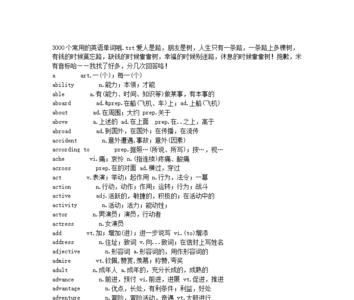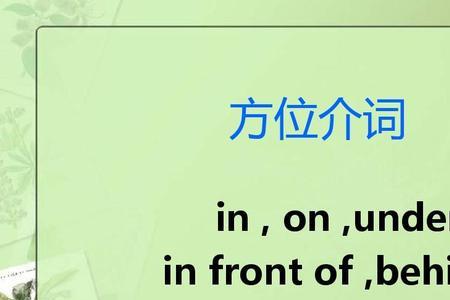1. 一般现在时
①表示客观事实或普通真理(不受时态限制)
The geography teacher told us the earth moves around the sun.
Water boils at 100oC.
②表示现状、性质、状态时多用系动词或状态动词表示经常或习惯性的动作,多用动作动词,且常与表频率的时间状语连用。
Ice feels cold.
We always care for each other and help each other.
③表示知觉、态度、感情、某种抽象的关系或概念的词常用一般现在时:see、hear、smell、taste、feel、notice、agree、believe、like、hate、want、think、belong seem等。
如:
I know what you mean.
Smith owns a car and a house.
All the students here belong to No.1 Middle School.
④在时间、条件状语从句中常用一般现在时代替将来时。但要注意由if 引导的条件状语从句中可以用shall或will表“意愿”,但不表示时态。
If you will accept my invitation and come to our party, my family will be pleased.如果你愿意接受并参加我们的舞会,我的家人会非常高兴。
⑤少数用于表示起止的动词如come、go、leave、arrive、fly、return、start、begin、pen、close、end、stop等常用一般现在时代替将来时,表示一个按规定、计划或安排要发生的动作。当be表示根据时间或事先安排,肯定会出现的状态,只用一般现在时。
The shop closes at 11:00 p.m. every day.
Tomorrow is Wednesday.






